Researchers find capillary-fed electrolysis cell can deliver hydrogen at 98% cell energy efficiency
Green Car Congress
MARCH 21, 2022
In an open access paper published in Nature Communications , researchers from the University of Wollongong in Australia report that their capillary-fed electrolysis cell demonstrates water electrolysis performance exceeding commercial electrolysis cells, with a cell voltage at 0.5 kWh/kg hydrogen (vs. 2 and 85 °C of only 1.51

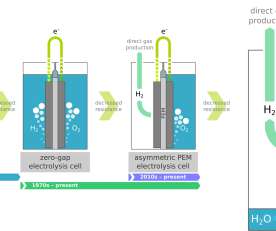









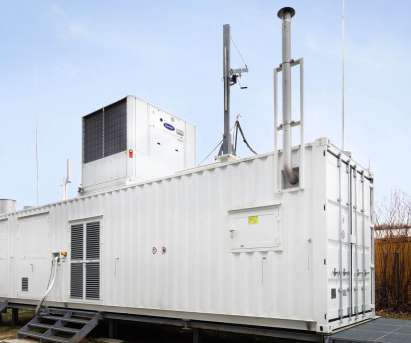







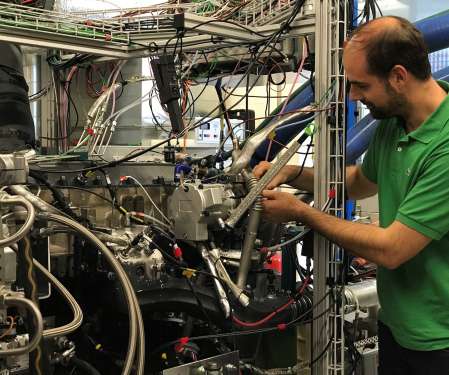


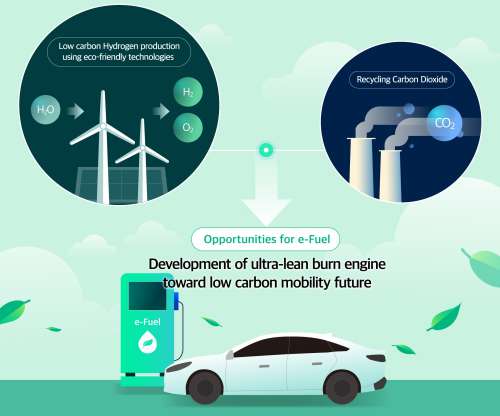
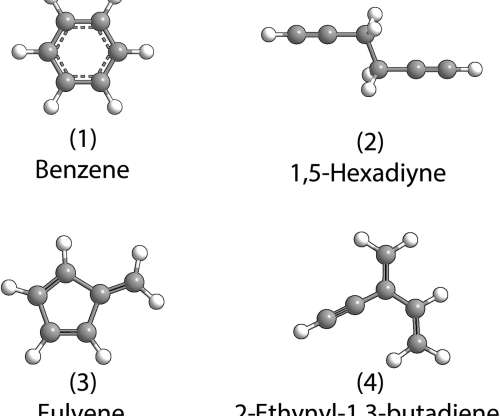
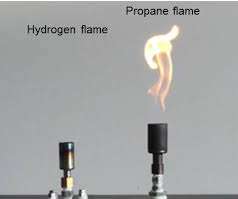


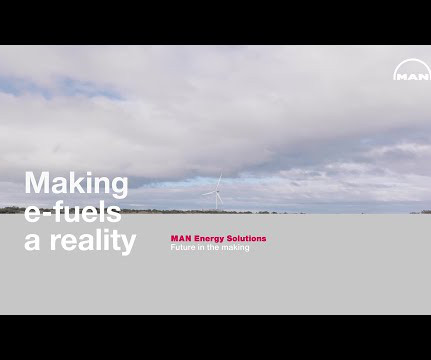
















Let's personalize your content